Submitted by Liz Foo
What exactly does Open House Melbourne 2018 offer?
Australia Architecture News - Jul 03, 2018 - 21:20 6626 views
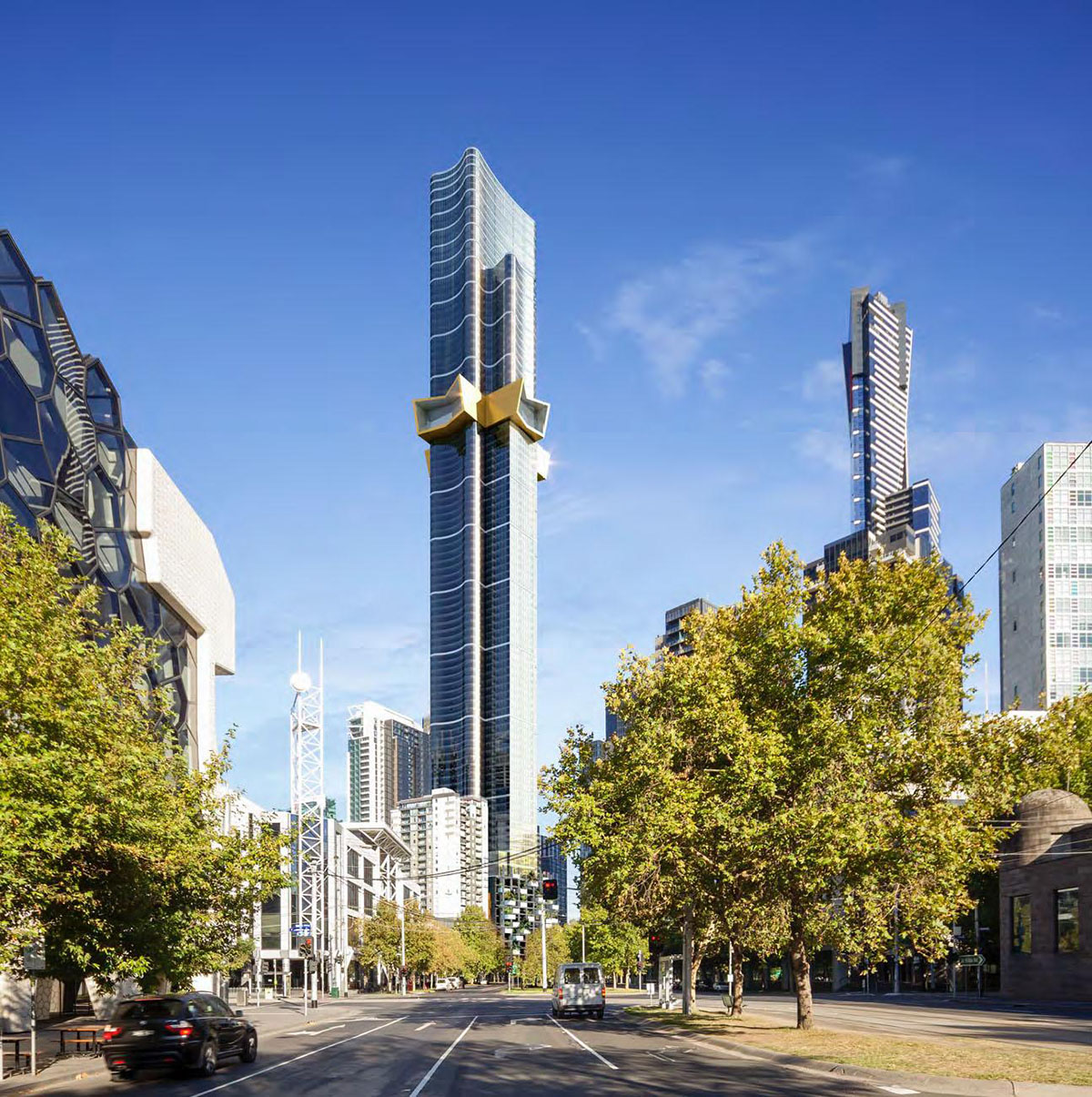
Centred around one of the most liveable cities of the decade, Open House Melbourne celebrates all types of architecture and the people that make it possible. Opportunities arise to building owners and architects to open up a building or site for visitation, typically at the end of July.
This year's count highlights over 220 buildings open to the general public. The program is now 10 years strong, attracting many interstate and international travellers to marvels that would not otherwise be accessible. Open House Melbourne's July program has started on July 4, 2018 and will continue until July 29, 2018.
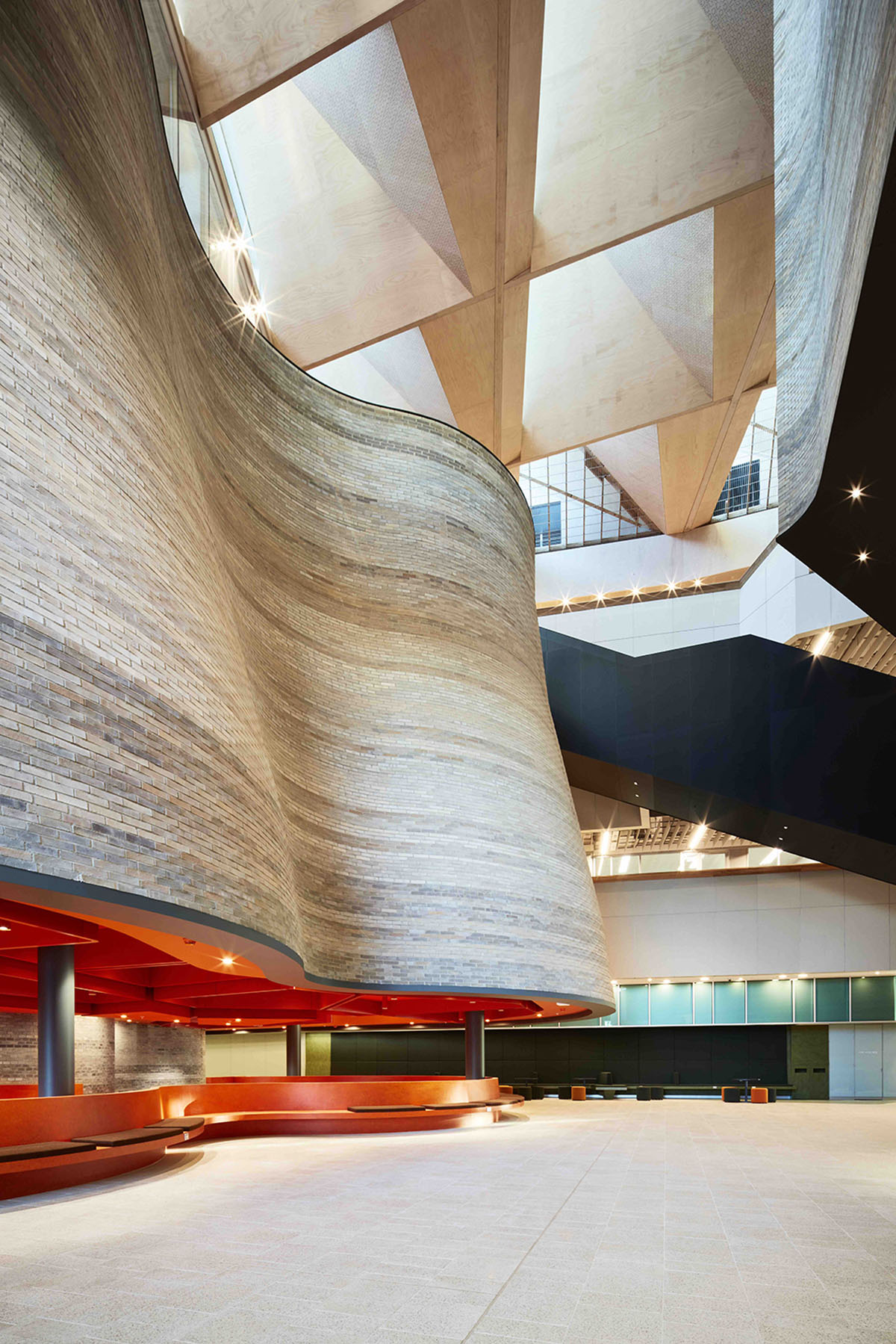
Monash Learning and Teaching Building by John Wardle Architects. Image © Rhiannon Slater
"By empowering people with knowledge around the impact of good design decisions in our built environment, we aim to ensure Victoria—and its capital city—remains a liveable and vibrant place now and in the future."
Despite being a not-for-profit organisation, Open House Melbourne has some impressive statistics under it's belt. Since starting in 2008, the program has enabled more than 900,000 visits across 934 sites over a month and contributed $20 million to Melbourne's economy - predominantly through the July weekend program. Efforts of improvement and diversification resulted in a growth through the range of activities spanning roughly from May to August. A huge portion of this success is attributed to the 5,226 volunteers who have contributed over 26,000 hours of their time to be the welcoming faces to guests at their allocated sites.
Last week I caught up with Victoria Bennett (VB), the Business and Program Manager of this fantastic event. Talking through some of the possible problems and highs of the program, tapping into the tremendous work and effort that go into planning and making things happen. Behind the seamless nature of the event, Victoria shares her insights on curating the building list, volunteering, must-sees and more exciting things to come.
Liz Foo: What do you think is the best part of your role and the program?
Victoria Bennett: Working as the Business and Program Manager, one of the exciting parts of it is the site visits - getting to see the weird, wonderful, and impressive architecture around Melbourne. It's also the varied mix of interaction with a diverse group of stakeholders - building owners, architects, arts organisations, community groups, religious organisations who live or work in great spaces. At the same time, we work with inhabitants or owners who have inherited a special places to share such treasures with the public. That's one of the very nice things of this job, thinking that most of the time we'd work with architects but it's a nice surprise to work with others, one would otherwise think of.

Hellenic Museum. Image courtesy of Open House Melbourne
Liz Foo: What is the process of adding new buildings to the weekend program? And how has the program evolved through the recent years?
Victoria Bennett: I deal with the business and management side of the program and other fringe events. We have a Building Council that act as our primary trust and decision-makers. They are the final point of call that make creative resolutions about which buildings hold significant meaning to our program. Buildings make the list via two pathways, either Open House approaches them and have been flagged as potential hot-spots by our Building Council, or building owners and/or architects submit their building as part of the expression of interest campaign throughout the year.
Those who are in authority of such sites are able to put their hand up to the Building Council for consideration. There haven't been drastic changes from the past year, but improvements are constantly being made with the integration of better technology and knowledge accumulation. For example, software for volunteers and notifications have been updated to ease organisation and coordination. Another major change is the whole month of July program expanding rather than just the weekend, when it first began the program was still fairly short. But as the years have gone by and with all the traction Open House has gained, introducing tours, screenings, performances and talks held by architects have fitted in well.
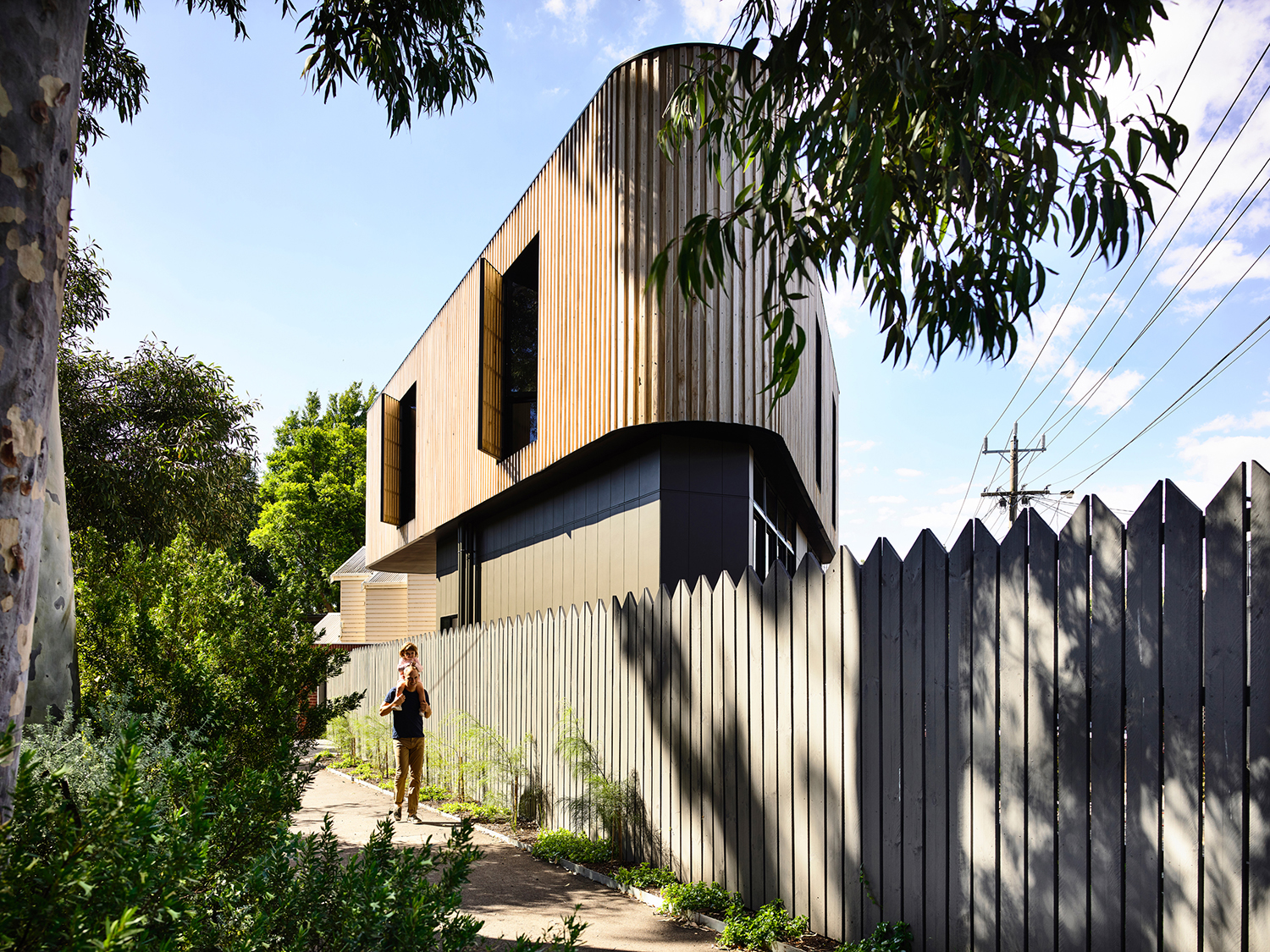
Triangle House by Molecule Studio. Image © Derek Swalwell
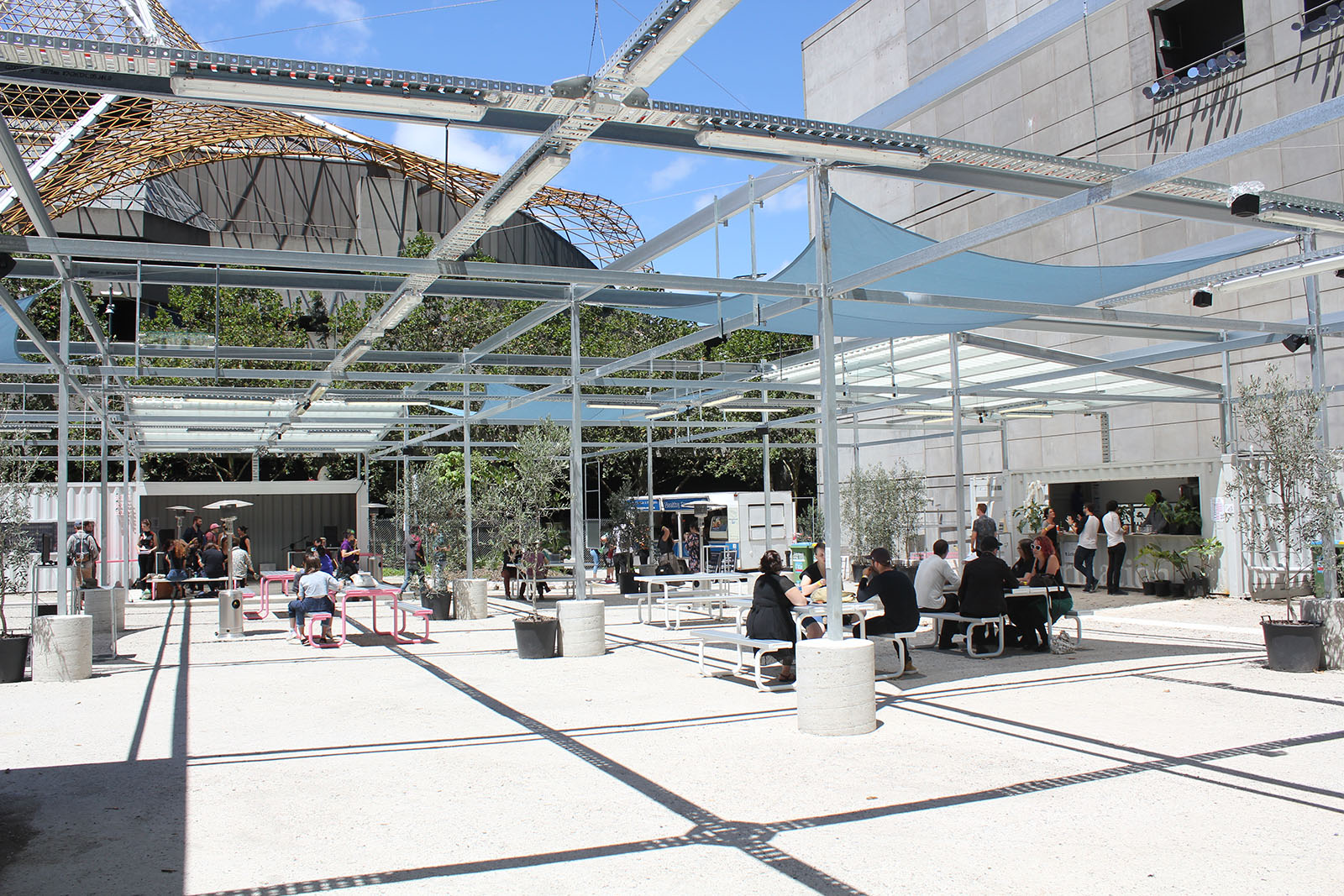
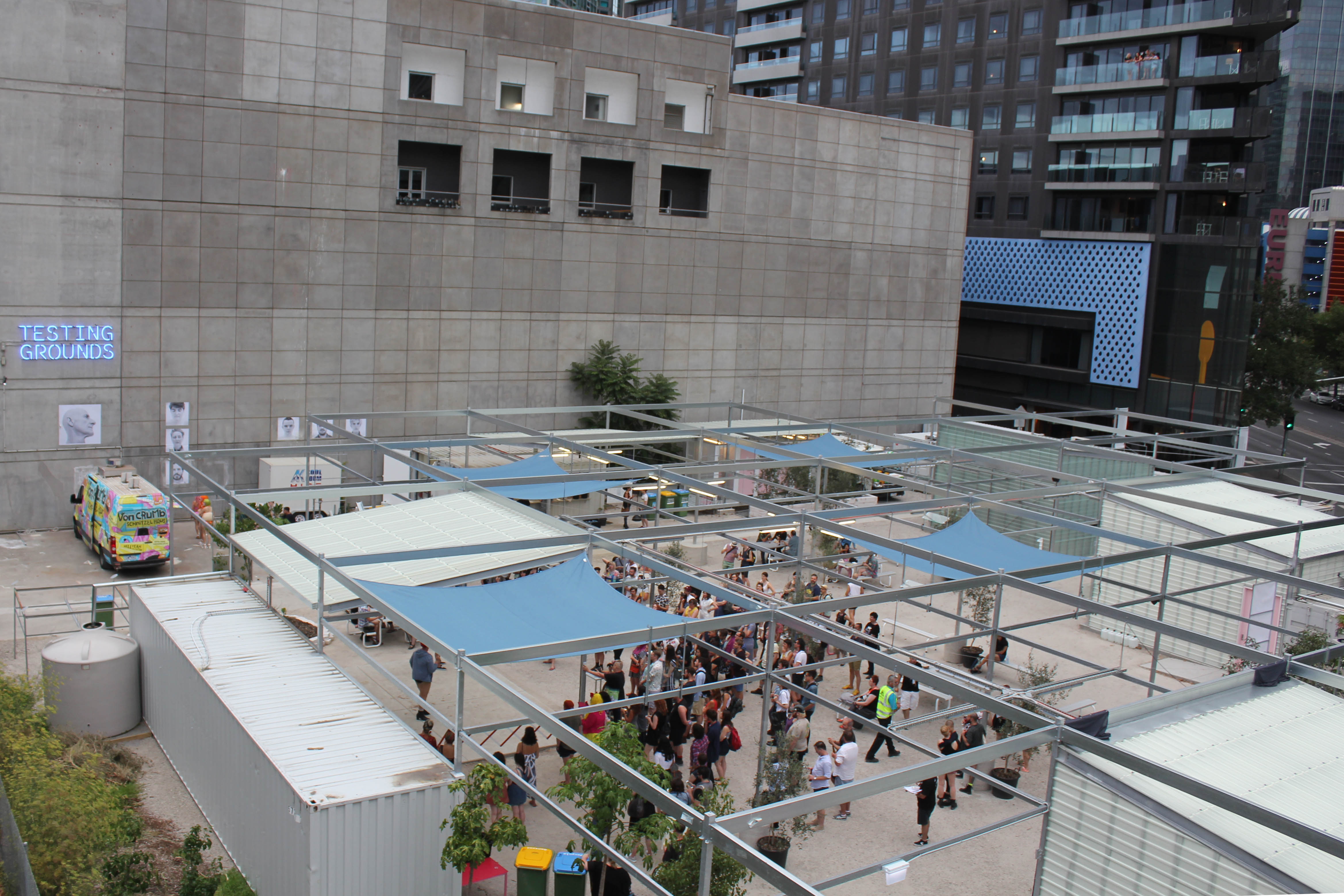
Testing Grounds by Millie Cattlin. Images courtesy of Open House Melbourne
Liz Foo: A huge amount of time gets invested by volunteers that put their hand up to help out over the 2-day program. What is the recruitment process and how do people get involved?
Victoria Bennett: It starts out through our internal database, with volunteers who have put in their time over the past years. We actually have quite a few that have been volunteering every year for the past 10 years (very impressive). The first thing we do is reach out to our returning volunteers that confirm their availability and give them first preference to sign up. Depending on how many we have already, we do a broader callout through the Open House Melbourne website and recruit the numbers we need.
After the list is finalised, we move on to the second part of registration that involves shift allocations and site information. First preference goes to the returning volunteers to select their shifts, then the newer ones. The catch is none of the sites are listed specifically when the volunteers choose their slots. However, a little quote is provided to give a bit of a hint along with other clues to mix things up. Information such as the area a building's situated in, building age or style and era of architecture (Contemporary or Victorian) are provided. Specific details of buildings are released to volunteers closer to the date due to security protocols.
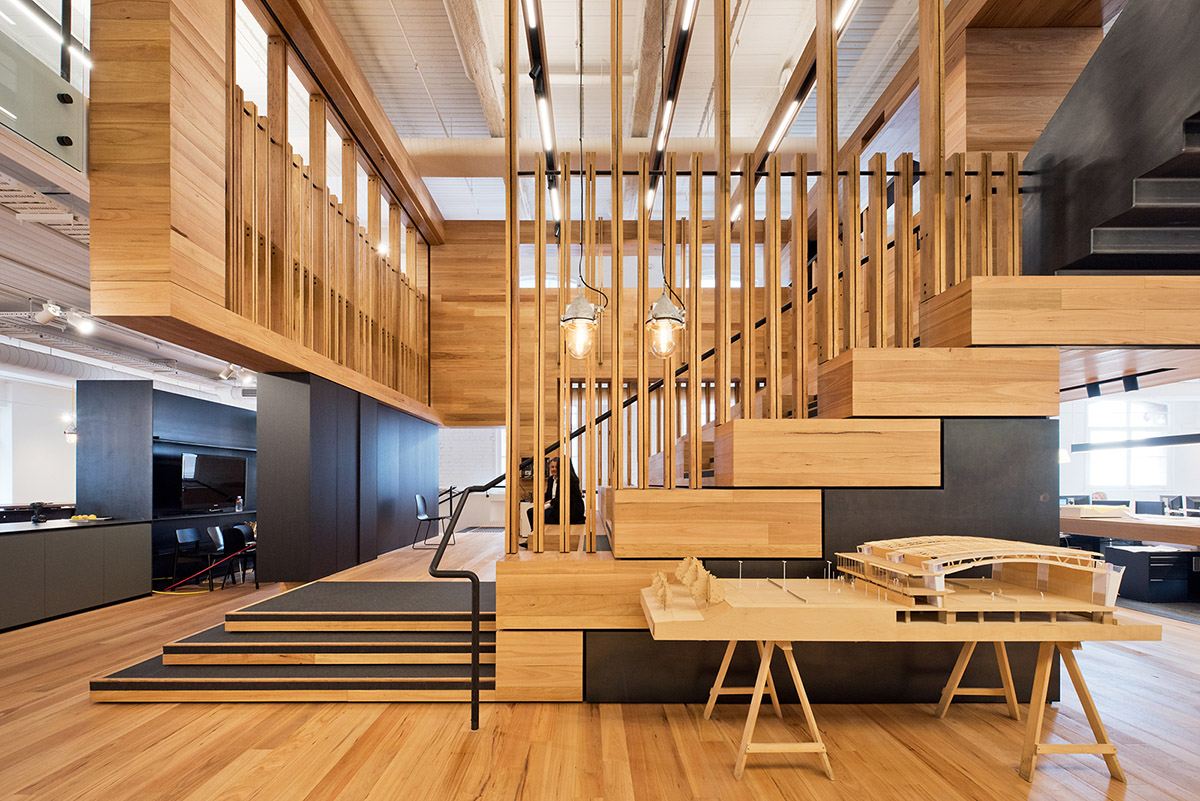
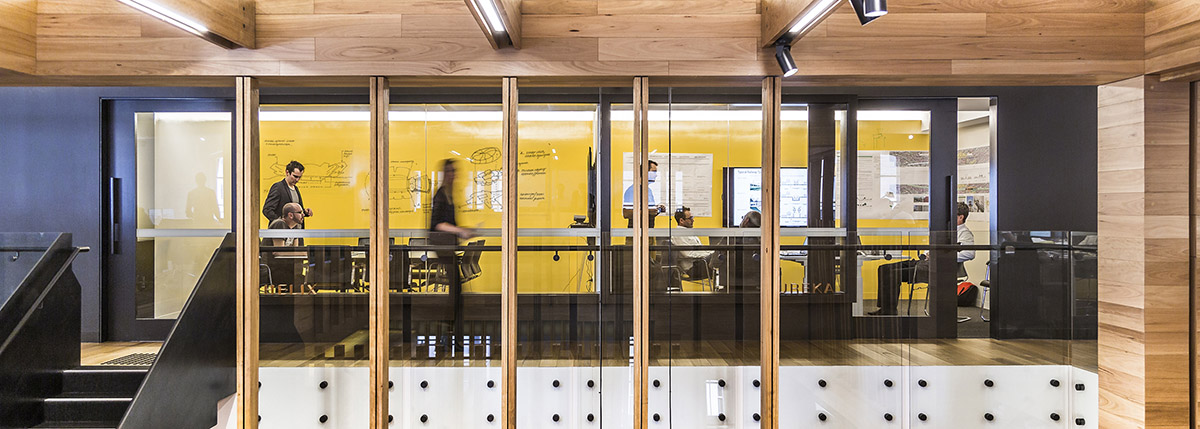
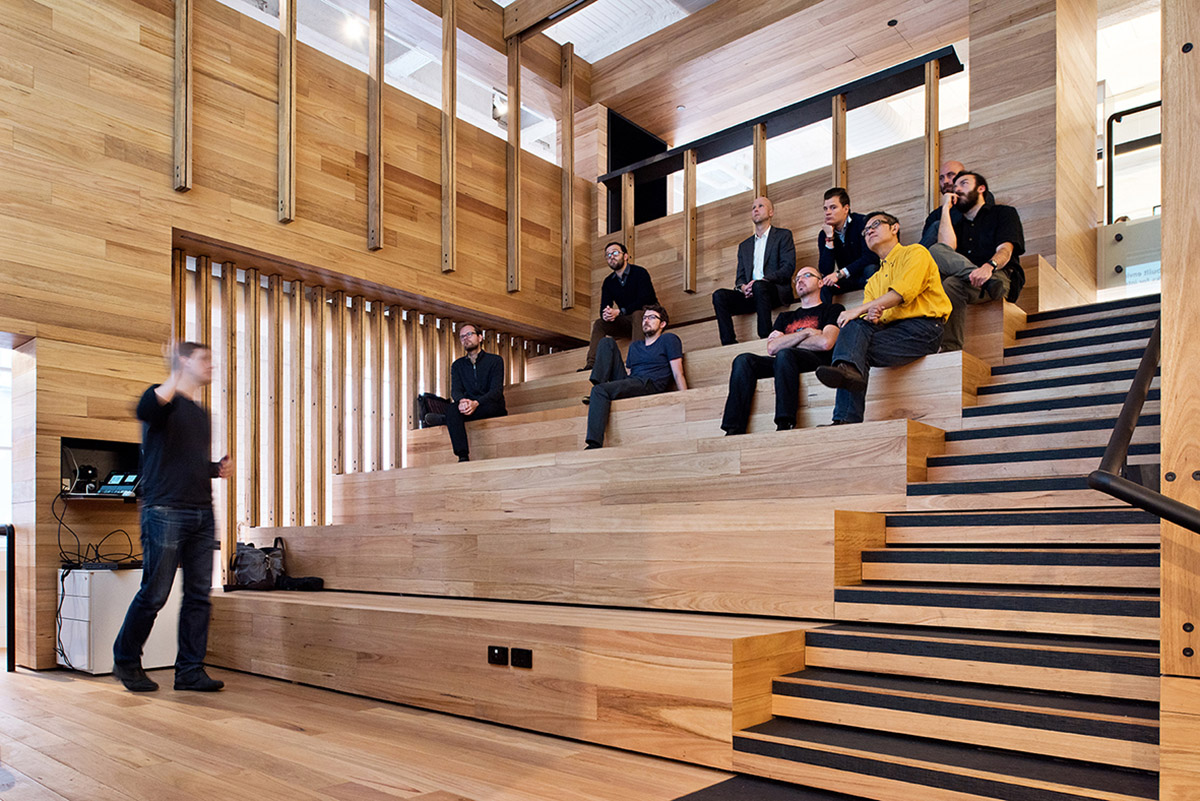
Cox Architecture Studio. Images courtesy of Cox Architecture
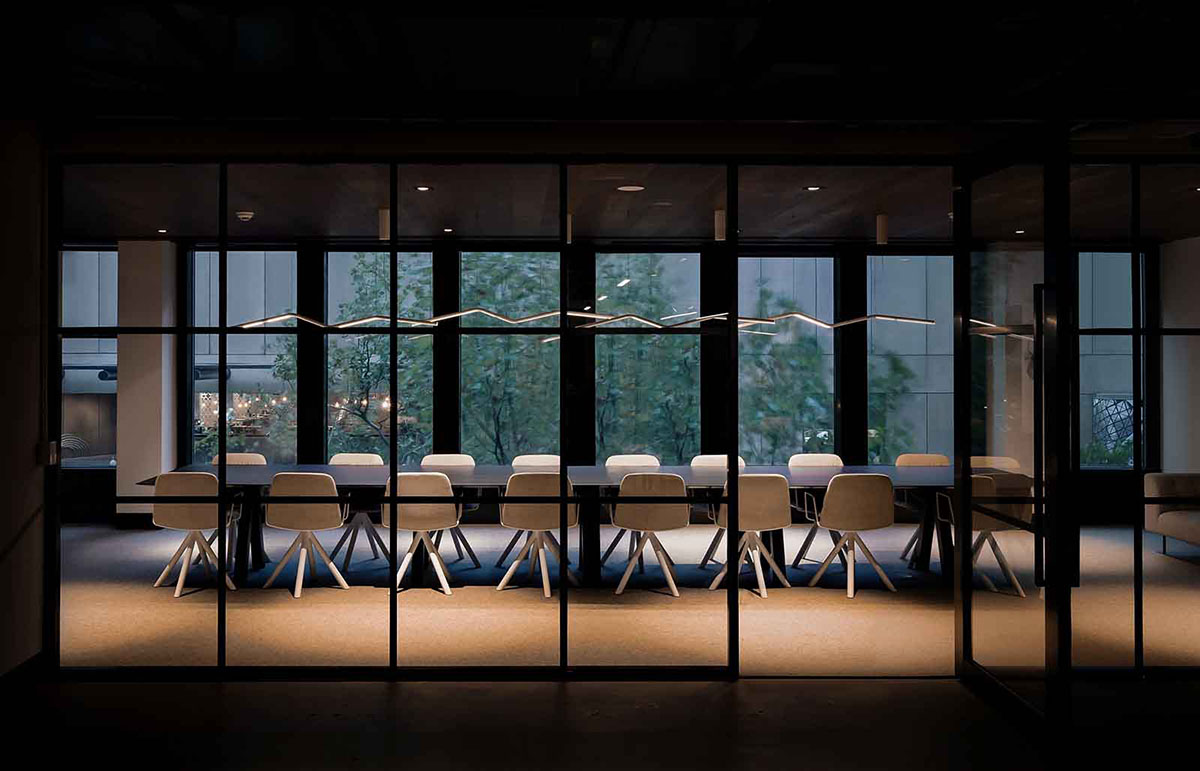

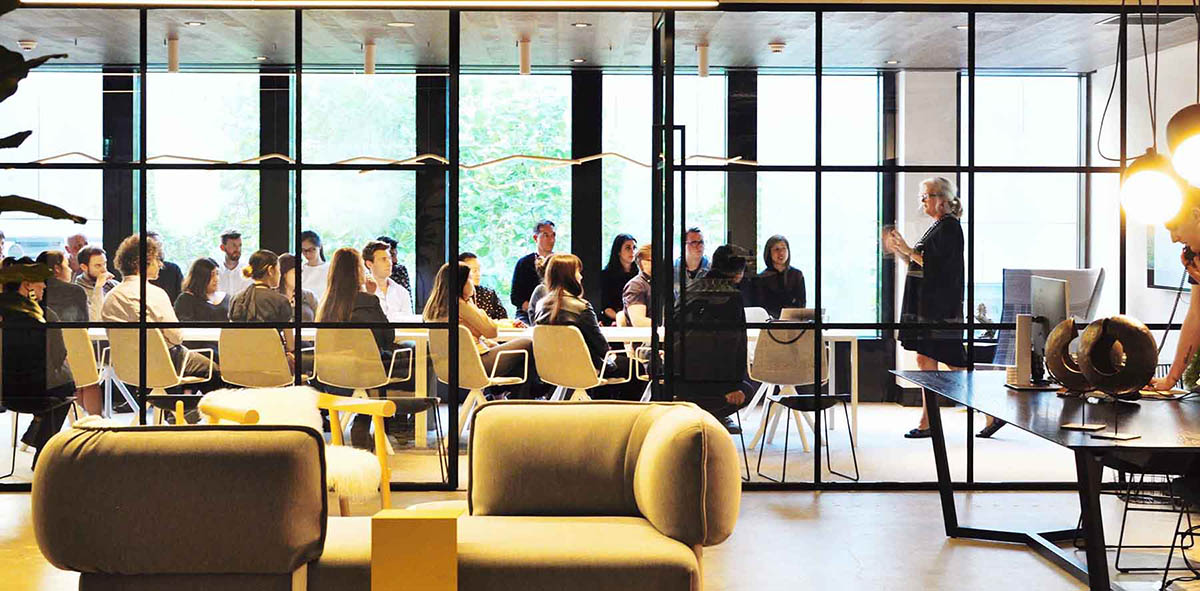
K2LD Studio. Images courtesy of K2LD Studio
Liz Foo: As Melbourne City maintain's a reputation as a strong educational state with universities such as RMIT, University of Melbourne, Monash and Deakin University, there must be a dominant portion of the volunteer and visitor demographic made up of students. What type of volunteers do you get? And is there an obvious favour toward a particular type or scale of building for those volunteers who have signed up?
Victoria Bennett: Buildings that people are most excited to go to are the buildings that most volunteers like to sign up for. Probably our residential properties, more so because of the general interest of viewing architecturally designed homes. However these sites are also quite restricted in visitation numbers. Because of the scale and size, residential properties usually require bookings for tours throughout the day.
Open House Melbourne has a strong representative of students and retirees. Building owners, architects and people that work in those buildings make up a smaller but essential portion of helpers over the weekend. There is though, a 74-year-old that has been consistently part of the program (worth mentioning). As the range of volunteers and visitors vary so drastically, the whole experience really creates a dynamic experience for everyone of all ages.
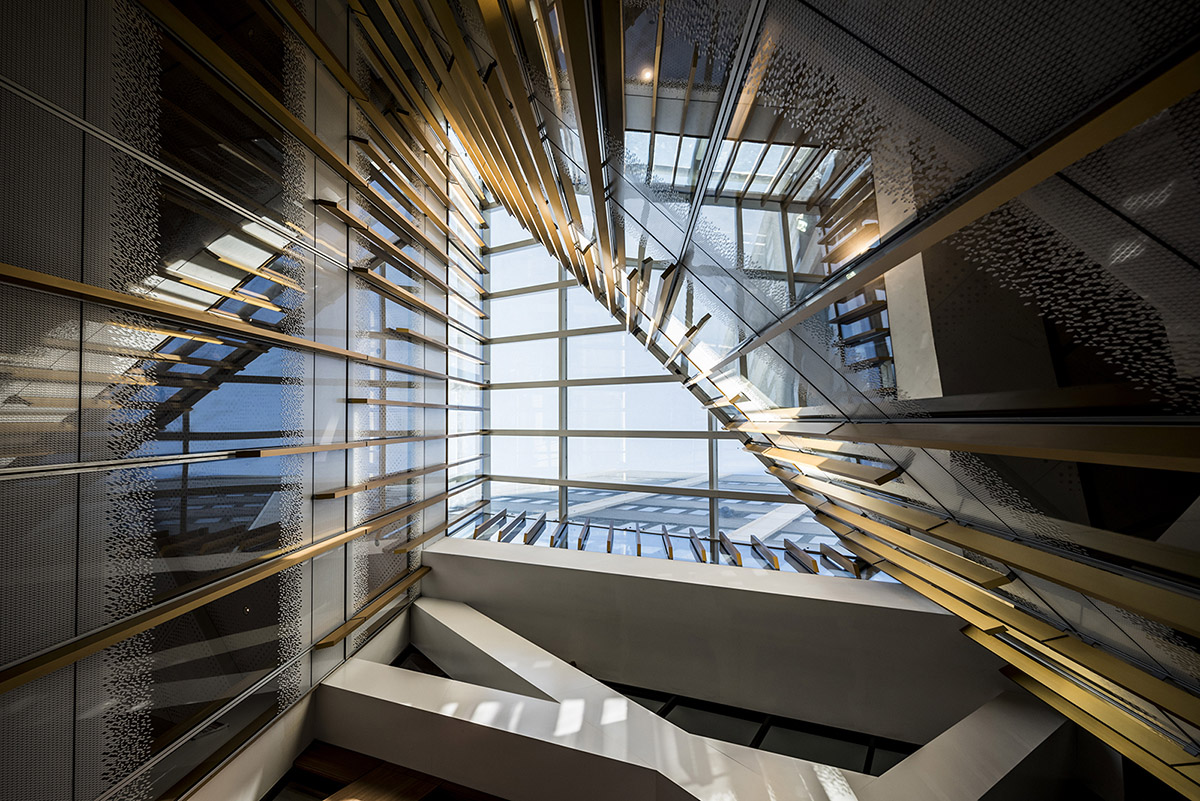
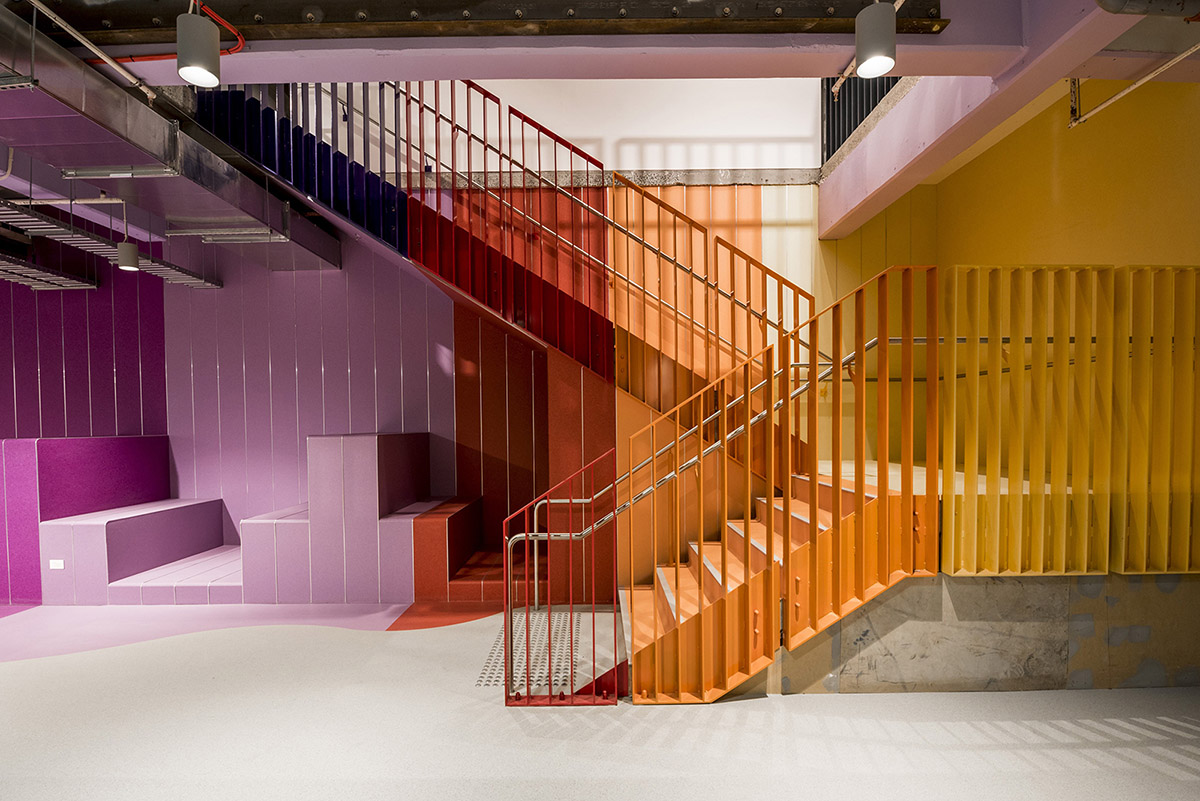

New Academic Street RMIT University, a design collaboration between Lyons, Minifie van Schaik Architects, NMBW, Harrison White and Maddison Architects. Images courtesy of Lyons Architects
Liz Foo: Do you have a list of favourite buildings or a must-see list of buildings?
Victoria Bennett: I also enjoy mainly residential homes but simultaneously also enjoy eccentric, unique buildings around the metropolitan and greater parts of the city. Many architects do open up their studios that are so specific to the type of design as a showcase to others. One of the highlights for the year is the panels underneath St. Vincent's Parade (in tunnels) will be exposed. Proving that on some occasions, it's not just about buildings or homes, its about the whole environment.
Australia108 by Fender Katsalidis Architects (also pictured above), which will be the tallest residential property when completed. Visitors will only get to visit half of the building as construction is on-going but the treat is viewing as it's coming together.
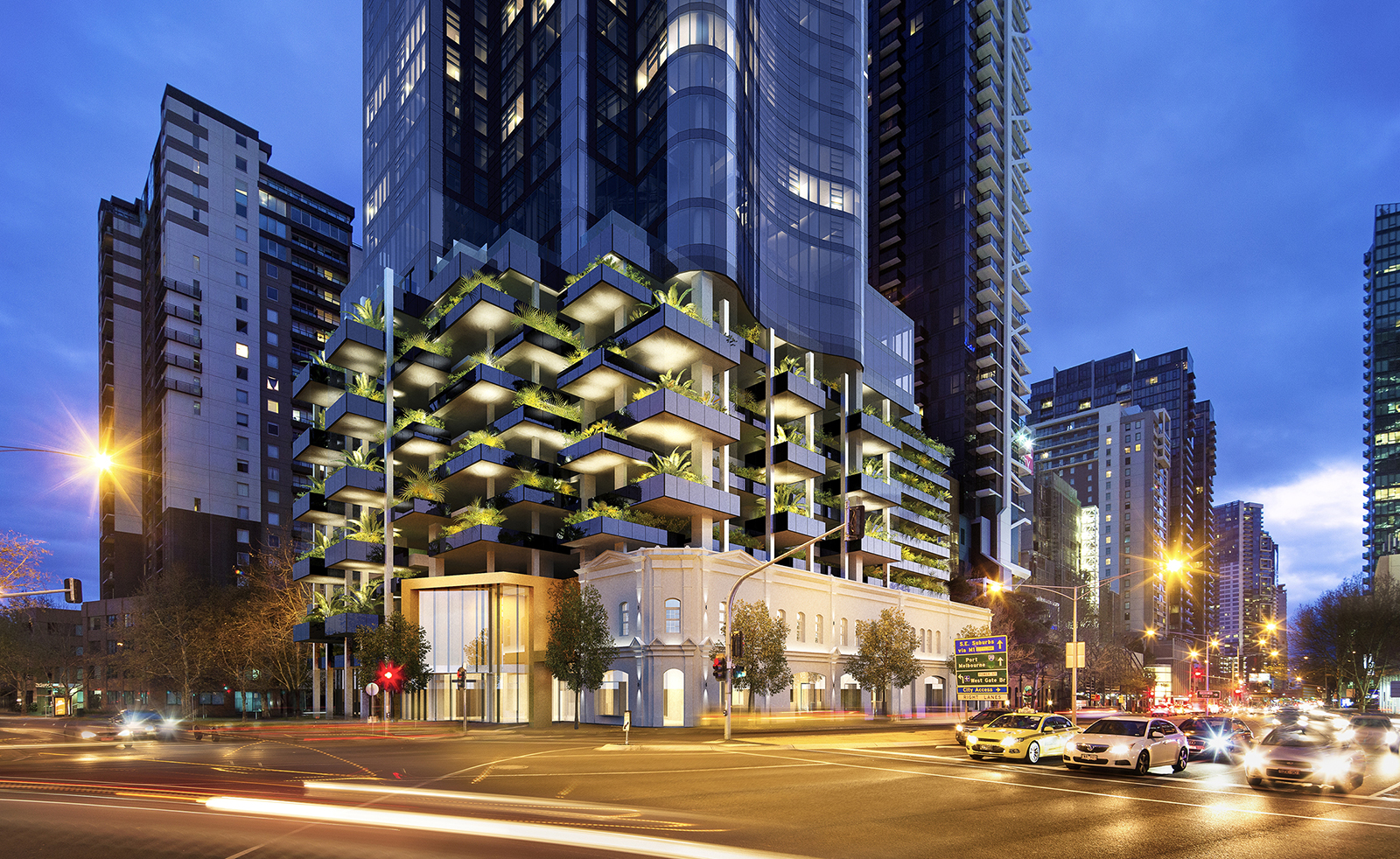
Australia 108 by Fender Katsalidis Architects. Image © Floodslicer
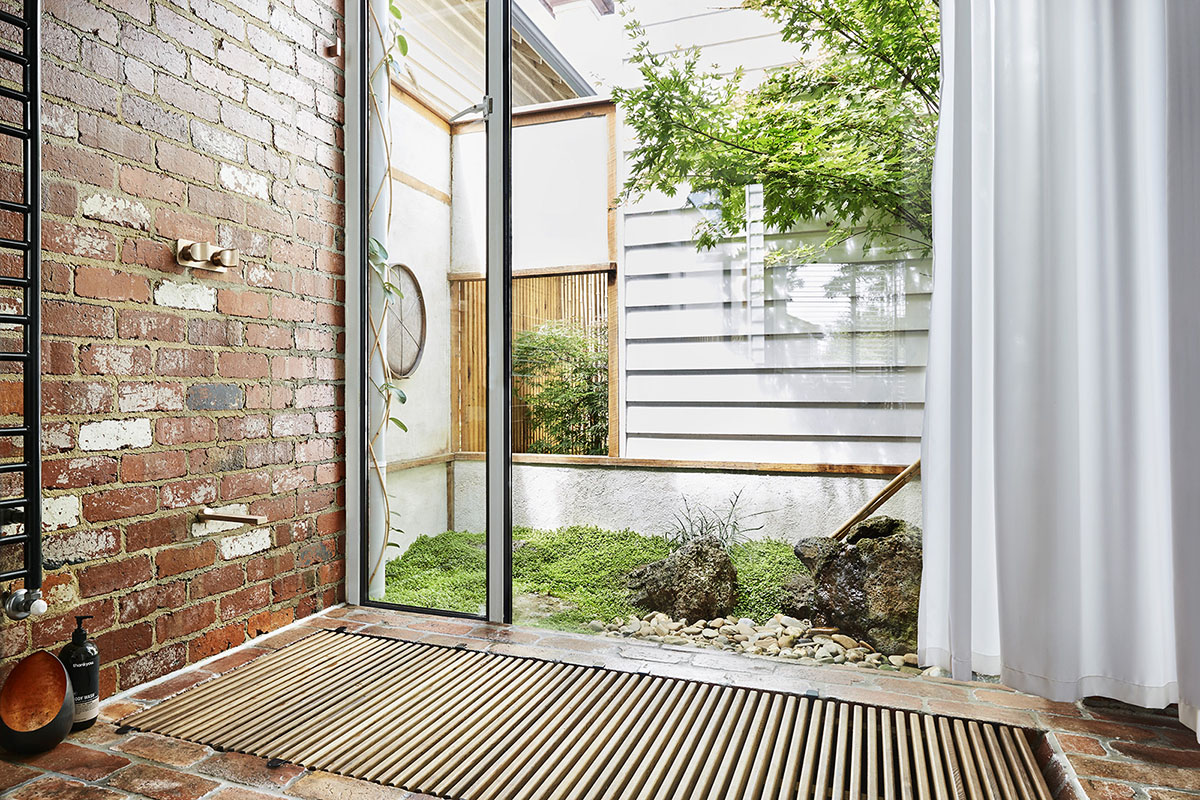
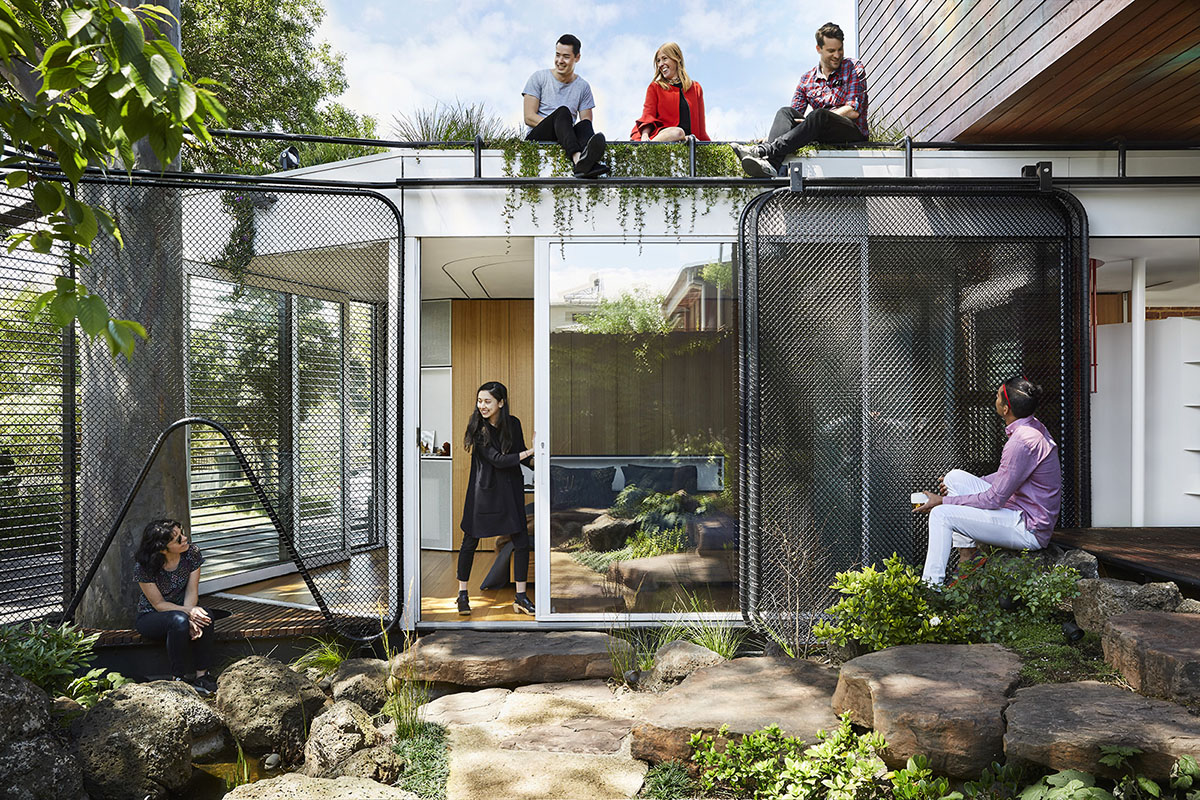
Kiah House by Austin Maynard Architects. Images © Tess Kelly
Liz Foo: Something new that's turned up this year are the 'Memberships' on offer. Tell us more!
Victoria Bennett: That is brand new for us as it's just been launched within the last few weeks. It is a great way to engage with our core fans or our 'biggest fans'. By signing up, members get special benefits and perks. For example, special tours throughout the year, a copy of the print program and other priviledges. It also is a way to give back to the organisation as Open House Melbourne is a not-for-profit and registered charity.
We have had a great response thus far for the memberships and are well on our way to meeting our target numbers for this year. All of us are looking forward to meeting and getting to know our members better.
(-end of transcript)
Find out more about this year's Open House Program happening from the 28-29th of July 2018. It was such a pleasure getting to know the nuts and bolts of this engaging event - not to be missed if in Melbourne.
Top image: Australia 108 by Fender Katsalidis Architects. Image © Floodslicer
All images courtesy of Open House Melbourne via Zilla and Brook
> via Open House Melbourne
